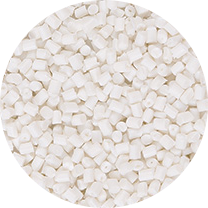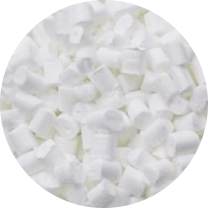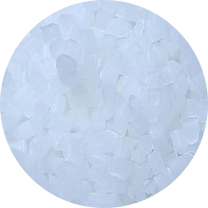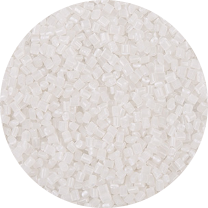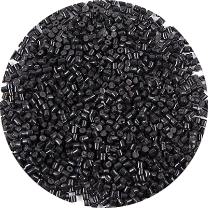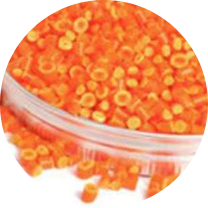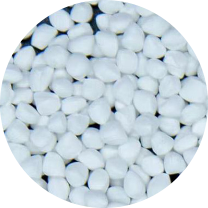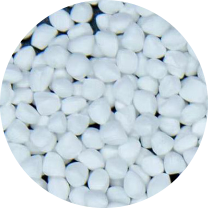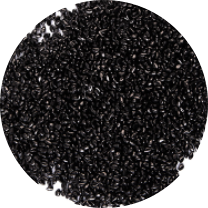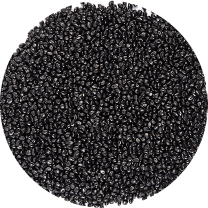Electrical Conductive Masterbatch Manufacturers
information to be updated
Product Category
Get in Touch With Us
Who Are We?
Changzhou Runyi New Material Technology Co., Ltd.
News
-
Engineered Longevity: Carbon Black Masterbatch UV Stabi...
In applications demanding extended outdoor performance—such as pipes, geosynthetics, and agricultural films—the stability of the polymer matrix against photo-ox...
READ MORE -
Precision Pigmentation: Mastering the FPV and Dispersio...
For processors involved in manufacturing thin-gauge films, fine fibers, or sophisticated injection molded components, the performance of the Carbon Black Master...
READ MORE -
MFR Matching Principle: Optimizing White Masterbatch an...
In the realm of polymer processing, achieving consistent color dispersion and flawless product quality is a fundamental objective. The use of White Masterbatch ...
READ MORE -
Achieving Flawless Quality: An Engineer's Guide to TiO2...
Introduction: The Business Case for Perfect Dispersion For B2B manufacturers in the plastics industry, the quality of the finished product is the ultimate measu...
READ MORE
Conductive Masterbatch Industry Knowledge Extension
Working principle of conductive masterbatch: How to achieve material conductivity through additives?
Electrical Conductive Masterbatch is a modified material that makes the originally insulating polymer material conductive or antistatic by evenly dispersing conductive fillers (such as carbon black, carbon nanotubes, metal powder, etc.) into plastic substrates (such as PP, PE, PA, etc.). Its core principle relies on the percolation effect (Percolation Theory) of the conductive filler and the formation of conductive network chains.
1. Types and functions of conductive fillers
The performance of conductive masterbatch mainly depends on the type, content and dispersibility of the filler. Common conductive fillers include:
(1) Carbon fillers
Carbon black: low cost, achieves conductivity by forming a continuous conductive network chain, but high addition amount (15%~30%) may affect mechanical properties.
Carbon nanotubes (CNT): low addition amount (1%~5%), with high aspect ratio to form a three-dimensional conductive network, suitable for high-demand applications (such as EMI shielding).
Graphene: Ultra-high conductivity, but difficult to disperse and high cost.
(2) Metal fillers
Silver powder/silver-coated copper: Excellent conductivity, used in high-end electronic devices, but expensive.
Nickel powder/aluminum powder: Electromagnetic shielding (EMI) applications, good oxidation resistance.
(3) Composite fillers
Carbon black + carbon fiber: Balance cost and performance, improve mechanical strength.
Metal coating fillers: such as silver-coated glass beads, reduce metal usage.
2. Conductive mechanism: percolation effect and conductive network chain
(1) Percolation threshold
When the conductive filler reaches a certain concentration (critical value), a continuous conductive path is formed between the particles, and the resistivity drops sharply (as shown in the figure).
For example: the percolation threshold of carbon black in PE is about 15%~20%, while CNT only needs 1%~3%.
(2) Formation method of conductive network chain
Direct contact conduction: filler particles are in direct contact (such as carbon black agglomerates). Tunneling Effect: When the spacing between nano-scale fillers (such as CNT) is extremely small, electrons can "jump" and transmit, and conduct electricity even without direct contact.
3. Key factors affecting conductive properties
| Factor | Impact | Optimization Method |
|---|---|---|
| Filler Type | Carbon black is low-cost but requires high loading, while CNTs are efficient but hard to disperse | Select based on needs (e.g., metal fillers for EMI shielding) |
| Filler Content | Resistivity stabilizes after exceeding the percolation threshold | Determine optimal ratio through experiments |
| Dispersion Uniformity | Agglomeration causes localized conductivity issues | Use coupling agents or high-shear mixing processes |
| Matrix Polarity | Polar resins (e.g., PA) disperse fillers more easily | Choose compatible carrier resins |
| Processing Technique | High temperatures may oxidize fillers | Control extrusion temperature and screw speed |
4. Typical applications of conductive masterbatch
Antistatic packaging: electronic components, pharmaceutical packaging (to prevent static electricity from adsorbing dust).
Electromagnetic shielding (EMI): mobile phone housing, automotive electronic components.
Electronic devices: circuit boards, sensors, flexible electrodes.
Industrial field: conveyor belts (antistatic), mining pipelines (explosion-proof).


 English
English 中文简体
中文简体 한국어
한국어 عربى
عربى



